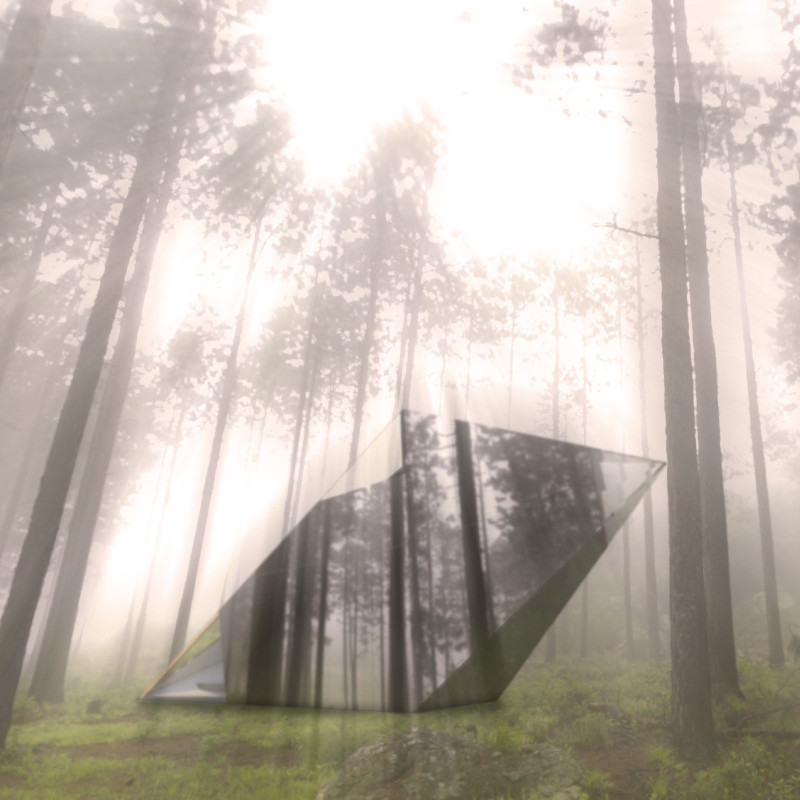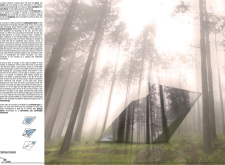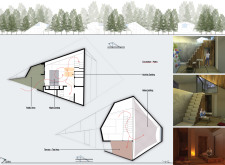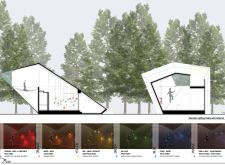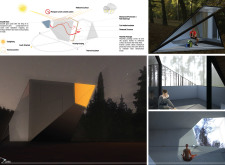5 key facts about this project
This project functions as a multifunctional space catering to diverse activities, from meditation and contemplation to social interactions and community gatherings. The design is structured to facilitate a fluid transition between public and private zones, enhancing user experience by encouraging exploration and interaction within the space. The ground floor welcomes users into an open area that serves as a communal hub, while the placement of private nooks ensures that individuals can retreat for moments of introspection when needed. The project is further enriched by a terrace area designed for outdoor engagement, promoting a lifestyle closely attuned to the rhythms of nature.
Architecturally, Gemma incorporates various innovative design elements that contribute to its distinctive character. The forms and layouts are inspired by the natural geometry found in gems and crystals, with spaces designed to channel light effectively. The roof is specifically shaped to manage rainwater, exemplifying the project's commitment to integrating with its ecological context. The circulation paths are thoughtfully planned, allowing users to move effortlessly through different areas, reinforcing the notion of a journey that evolves with the experience of the building.
Materiality plays a significant role in the architectural design of Gemma, emphasizing sustainability and sensory experience. The extensive use of double glass in the façade serves to invite natural light while offering protection from the elements, contributing to both aesthetics and energy efficiency. Pinewood is utilized as a primary structural component, lending warmth to the interiors and fostering a connection to the natural world. Additionally, cork insulation is employed to maintain thermal comfort without compromising environmental values.
One of the unique design approaches in Gemma is the integration of reflective surfaces that allow the building to blend with the surrounding landscape. This feature not only enhances the visual impact of the structure but also promotes an engaging dialogue between architecture and nature. The dynamic lighting solutions further enhance the project, with adjustable settings that reflect the principles of chakra alignment; this allows for a tailored experience depending on the intended activity and time of day. The design choices create an atmosphere conducive to both communal activities and personal reflection, encapsulating the project’s core intentions.
Overall, Gemma exemplifies a modern architectural approach that prioritizes the relationship between people and their environment. By focusing on mindfulness and sustainability, the project takes a step toward reimagining how spaces can support human well-being. To truly appreciate the depth of this project, readers are encouraged to explore its architectural plans, sections, and designs for a comprehensive understanding of the innovative ideas and details that define Gemma. This exploration will provide further insights into how architecture can serve as a catalyst for mindfulness and connection with nature.


